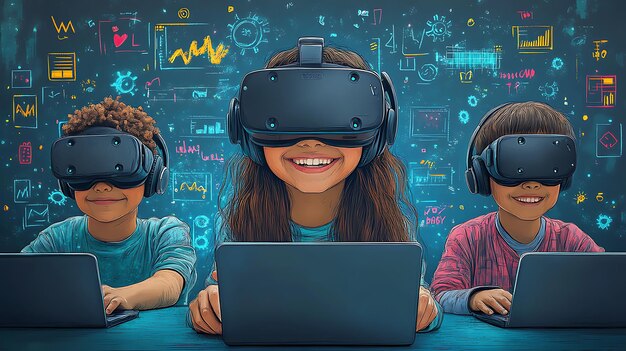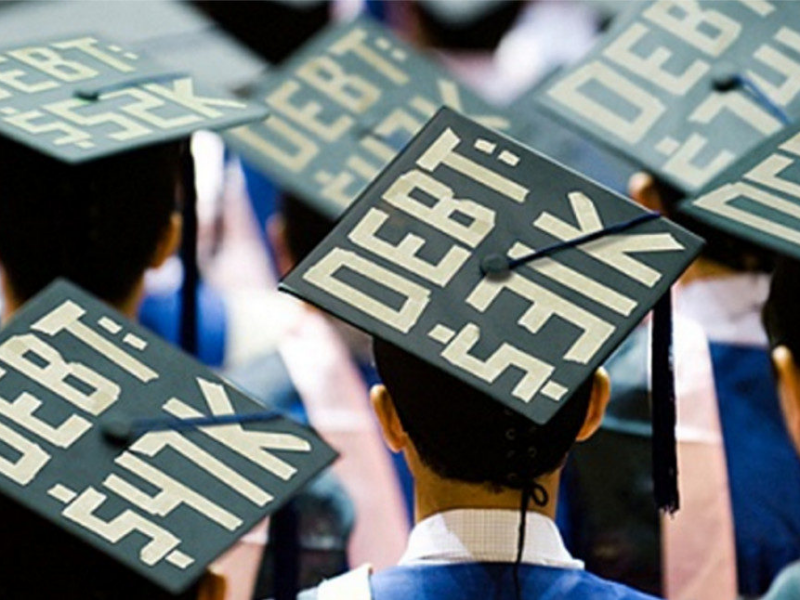The classroom has come a long way since the days of simple chalkboards and overhead projectors. Technology has transformed how educators teach, and students learn, offering engagement, collaboration, and creativity opportunities. Classroom technology has revolutionized education from the earliest days of educational tools to the current use of cutting-edge technologies like virtual reality (VR). It continues to shape the future of learning.
In the early 20th century, the chalkboard was the centerpiece of the classroom. Teachers wrote lessons by hand, and students gathered around the board to copy down notes or participate in lessons. Chalkboards were essential to the educational process, providing a visual aid to support verbal explanations. However, the chalkboard’s limitations became apparent over time: it was static, could be challenging to read from a distance, and often created dust and mess. Despite these drawbacks, chalkboards were widely used for much of the 20th century and were pivotal in shaping traditional teaching methods.
In the latter half of the 20th century, the advent of projectors and overhead transparencies brought new ways for teachers to present information. These tools allowed for displaying lesson materials in a larger format, enabling students to better see and engage with content. Teachers could project slides, diagrams, and notes on a screen, enhancing their ability to convey complex concepts. At the same time, audio-visual aids like films and videotapes began to supplement classroom instruction, offering students a more dynamic and immersive learning experience.
The computer became a class staple as technology advanced into the 21st century. Personal computers, interactive whiteboards, and internet access opened up new avenues for learning. Computers allow students to research, create projects, and access digital learning resources. With the introduction of smartboards in the 1990s, the traditional chalkboard was replaced by a touch-sensitive, interactive screen. Smartboards enabled teachers to display multimedia content, write notes digitally, and engage students through interactive lessons. This shift towards digital classrooms marked the beginning of a major transformation in educational technology.
The rise of the internet brought even more changes, connecting classrooms to a wealth of online resources, including educational websites, video lectures, and e-learning platforms. Students gained access to a global network of information, making it easier to collaborate and learn from diverse sources. Online learning tools like Google Classroom and Zoom further extended the reach of education beyond physical classrooms, especially during the COVID-19 pandemic when remote learning became a necessity.
One of the most exciting developments in recent years is using virtual reality (VR) in the classroom. VR technology allows students to immerse themselves in interactive, 3D environments where they can explore complex concepts and engage in hands-on experiences that were previously impossible. For example, students studying history can take virtual field trips to ancient civilizations, or science students can conduct virtual experiments in a laboratory setting. VR can enhance experiential learning, making education more engaging and impactful.
Alongside VR, augmented reality (AR) is gaining traction in the classroom. AR overlays digital content onto the real world, enabling students to interact with virtual objects in their physical environment. For example, AR apps can bring static images in textbooks to life, allowing students to interact with 3D models of the human body, planets, or historical landmarks. This type of immersive learning helps students visualize complex concepts in ways that traditional methods cannot.
While these advancements in classroom technology can potentially revolutionize education, they also raise important questions about equity and accessibility. As technology becomes more integral to education, schools must ensure that all students can access the tools and resources they need to succeed. Additionally, there are concerns about the overreliance on technology and its impact on face-to-face interaction, critical thinking, and creativity.
In conclusion, the evolution of classroom technology—from chalkboards to VR—has dramatically changed how teachers teach and students learn. As new technologies emerge, the classroom will continue to evolve, offering exciting possibilities for the future of education. However, it is crucial to balance technological innovation with the human elements of teaching, ensuring that technology can enhance learning rather than replace traditional methods altogether. The journey from chalkboards to VR is just the beginning, and the future of education promises to be as dynamic and transformative as the technologies that drive it.



